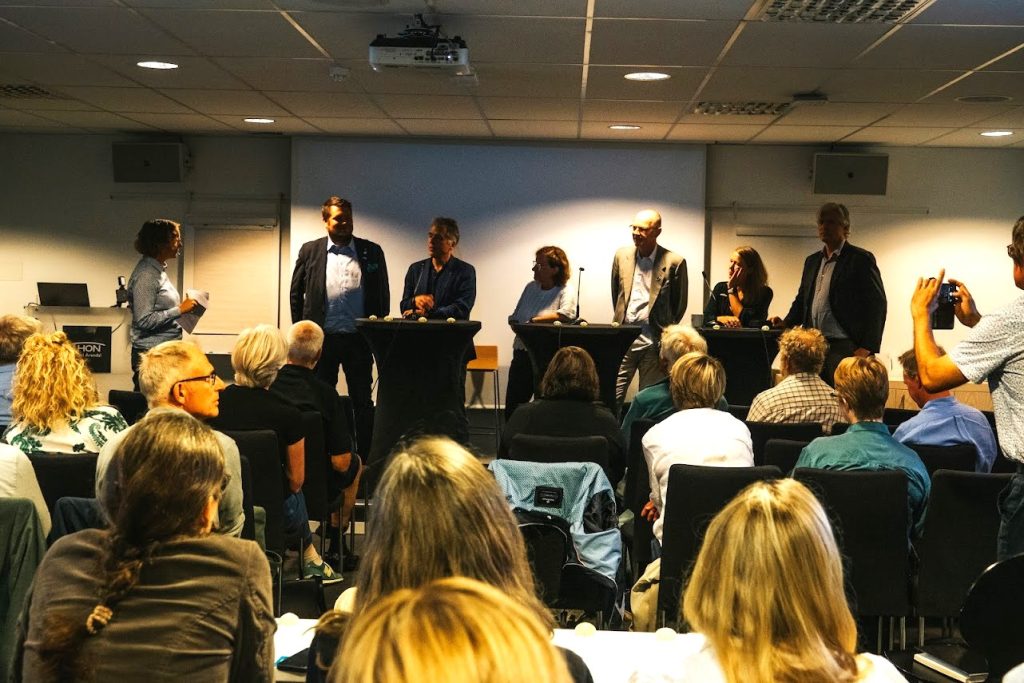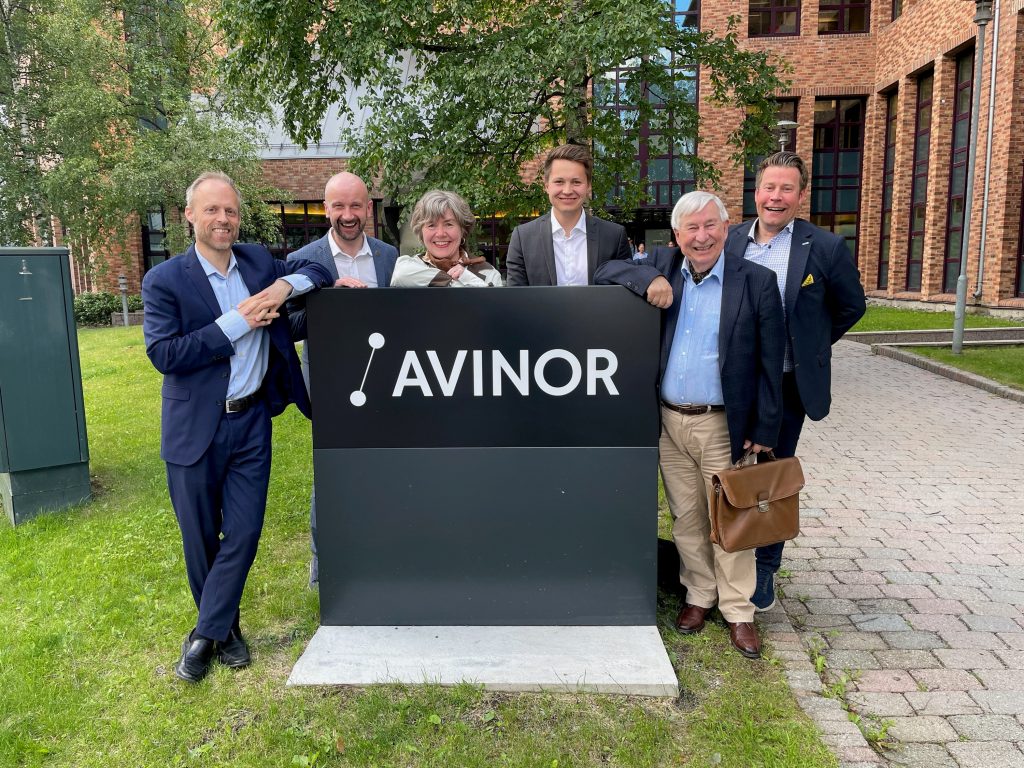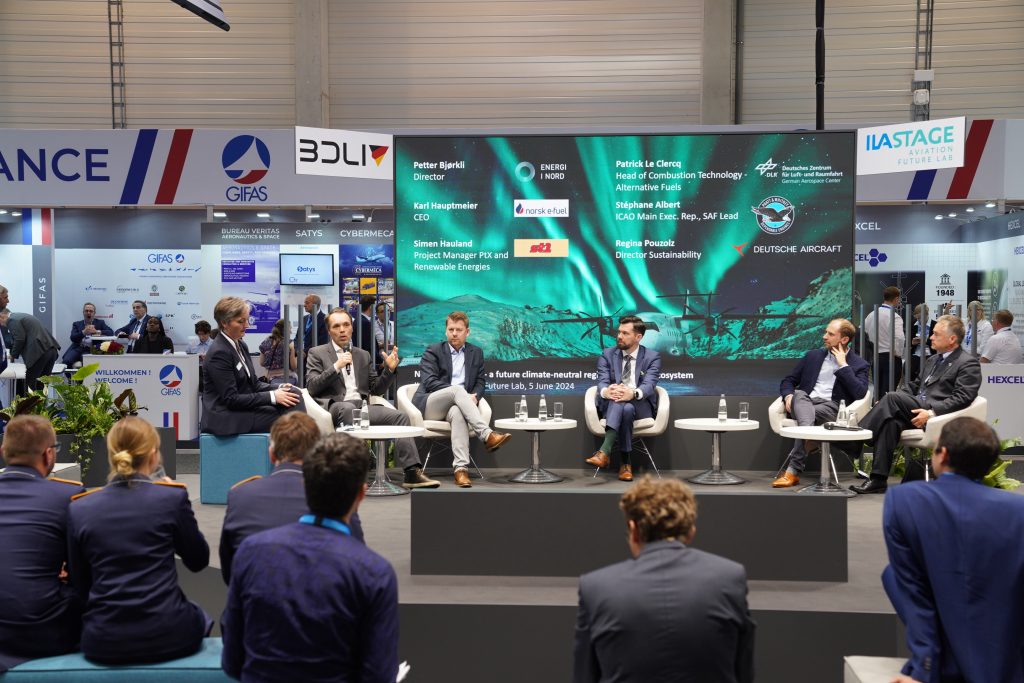GREEN AVIATION, Hovednyhet, Uncategorized
Nord-Norge går sammen for å teste og utvikle framtidas fly i landsdelen. Med fem millioner i støtte tar prosjektet av.
– Det er veldig få likheter mellom Nord-Norge og New York, bortsett fra denne: If you can make it there, you can make it anywhere. Derfor er denne landsdelen verdens tøffeste – og beste – arena for test og utvikling av flyene og teknologiene som skal gjøre luftfarten klimanøytral.
Det sier prosjektleder Anders Tørud i Energi i Nord, som har gått sammen med Bodø Lufthavnutvikling (BLU), Lofoten – De Grønne Øyene og UiT Norges arktiske universitet for å etablere Nord-Norge som en internasjonal arena for test og utvikling av framtidas fly, med null eller lave utslipp av klimagasser.
Partene har allerede jobbet sammen i tre år, og nå tar det bokstavelig talt av: Prosjektet får fem millioner kroner for å arbeide videre de tre neste årene. Midlene kommer fra programmet Arktis 2030.
Nordnorsk samarbeid lønner seg
– Dette viser at nordnorsk samarbeid lønner seg. I prosjektet utnytter vi vår unike arktiske plassering og arktiske kompetanse til å løse nasjonale og globale utfordringer, sier rektor Dag Rune Olsen ved UiT Norges arktiske universitet.
Utslippene av klimagasser fra den globale luftfarten er fordoblet på 30 år, går det fram i regjeringens luftfartsstrategi Bærekraftig og sikker luftfart. I denne strategien sier regjeringen også at det regionale kortbanenettet, med færre passasjerer og kort avstand mellom flyplassene, gir de beste mulighetene for å fase inn fly med null- og lavutslippsteknologi.
– En nordnorsk testarena for grønn luftfart sikrer løsninger som er grundig testet under krevende forhold, samtidig som vi i nord er helt avhengige av å lykkes også for egen del. Næringslivet, det offentlige og den enkelte av oss er avhengige av trafikken på det nordnorske kortbanenettet. Vi har derfor et ansvar for å bidra til bærekraftige løsninger som fungerer i nord, sier Laura Johanne Olsen i Lofoten – De Grønne øyene.
For å få dette til skal partene jobbe for at infrastrukturen for ny og bærekraftig energi er tilgjengelig på det nordnorske kortbanenettet. Slik kan landsdelen være den første som tar steget over til klimanøytral luftfart.
Digitale og fysiske tester
UiT utvikler det arktiske simuleringssenteret TASIC, som vil bli sentralt i prosjektet. Sammen med TASIC vil universitetets ledende fagmiljø innenfor maskinlæring og kunstig intelligens samle og bruke data for arktisk vær, klima og topografi for å gjenskape et avgrenset geografisk område. I en slik digital modell kan fly- og teknologiprodusenter teste virtuelle prototyper med null- og lavutslippsteknologi, for å sikre at de egner seg for å operere i arktiske omgivelser.
Digitale arktiske luftrom og landingsforhold er en betingelse og en katalysator for de fysiske testene som kommer etterpå. Bodø Lufthavnutvikling (BLU) posisjonerer landsdelen nasjonalt og internasjonalt for at også de fysiske testene skal skje i Nord-Norge.
– Nord-Norge skal være attraktivt og til å stole på for flyprodusenter og teknologiutviklere som vil teste løsningene sine i de krevende forholdene vi kan by på her. Vi skal bygge tillit og vise oss tilliten verdig når vi planlegger scenarier, legger til rette med tekniske tjenester og håndterer logistikken for de internasjonale aktørene som kommer, sier administrerende direktør Harald Willumsen Østbø i BLU.
Utviklingsselskapet la til rette for den franske flyprodusenten ATR, som i februar vintertestet sin nye flymodell i Nord-Norge, og planlegger nå tester av tyskproduserte hydrogendrevne fly neste år.
– Her skal vi samarbeide godt med Avinor og Luftfartstilsynet, som jobber for å etablere Norge som testarena for null- og lavutslippsfartøy, sier Willumsen.
Regjeringen foreslår i neste års statsbudsjett å sette av totalt 50 millioner kroner til dette arbeidet.
Felles nordnorsk finansiering
Arktisk 2030 er ei ordning som finansierer utviklings- og innovasjonsprosjekt som vil ha effekt i Nord-Norge. Et av målene for ordningen er å støtte prosjekt som gjør nordområdene til sentrum for grønn omstilling. Troms fylkeskommune behandler og avgjør søknader om Arktis 2030-midler, i samarbeid med Nordland og Troms. Det er Kommunal- og distriktsdepartementet som finansierer ordningen.
Det står til sammen 11 aktører bak søknaden, som nå er innvilget med fem millioner kroner: Energi i Nord, BLU – Bodø Lufthavnutvikling, Lofotkraft Muligheter, Lofotrådet/Lofoten – De Grønne Øyene, Destinasjon Lofoten, Bodø kommune, UiT Norges arktiske universitet, Pro Tromsø, Østfinnmarksrådet, GreenH og Norsk e-fuel.




